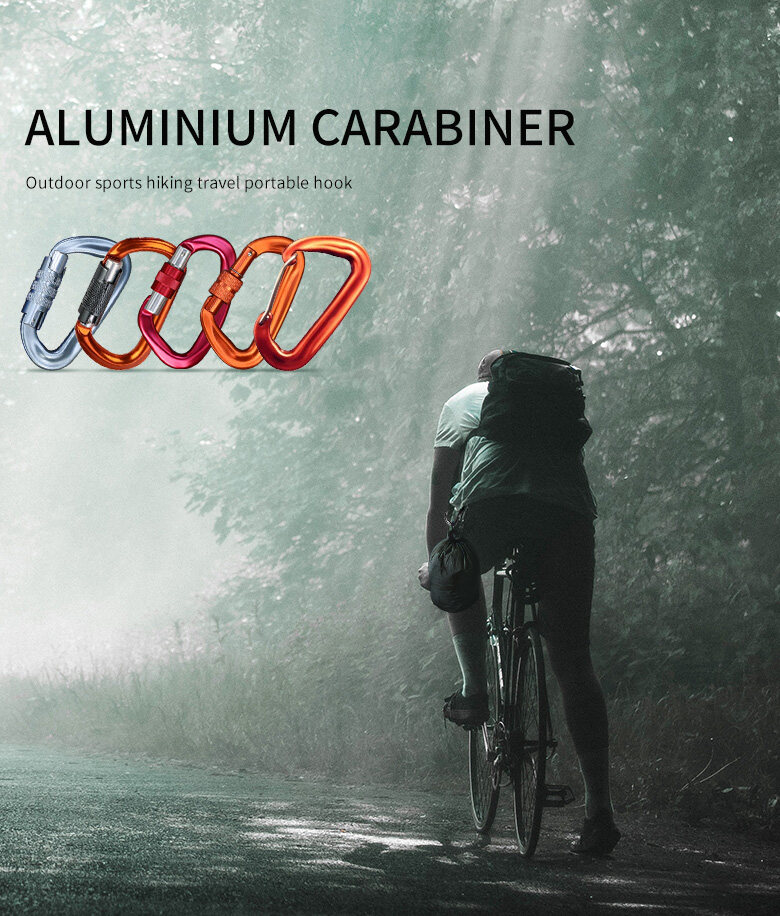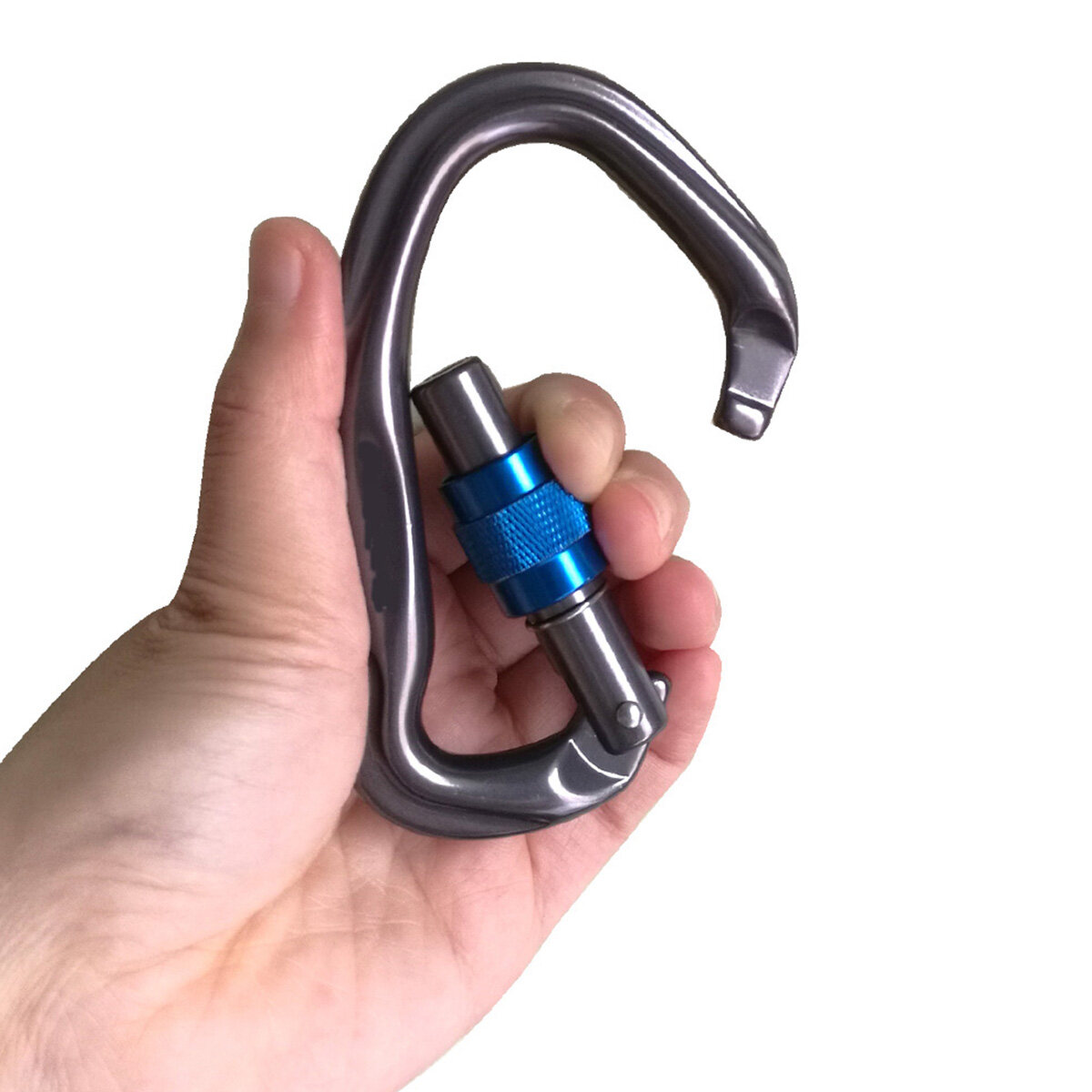Email format error
Email cannot be empty
Email already exists
6-20 characters(letters plus numbers only)
The password is inconsistent
Email format error
Email cannot be empty
Email does not exist
6-20 characters(letters plus numbers only)
The password is inconsistent


Cave exploration, also known as caving or spelunking, is an exhilarating yet challenging activity that allows adventurers to delve into the hidden depths of the Earth. However, to ensure a safe and enjoyable experience, it's crucial to be well-prepared with the right equipment and adhere to established safety standards. In this blog post, we'll discuss the essential caving gear and common safety guidelines for this fascinating activity.
Essential Caving Equipment
1. Helmet with Headlamp: A sturdy helmet with a reliable headlamp is a must-have. It not only protects your head but also illuminates the cave's dark recesses, ensuring you can navigate safely.
2. Caving Suit: A caving suit, often made of durable material like nylon or Cordura, shields you from moisture and abrasions. It's essential for staying dry and comfortable during your expedition.
3. Footwear: Sturdy, waterproof boots with excellent traction are essential. You'll encounter slippery rocks and muddy terrain, so proper footwear is critical for stability.
4. Gloves: Caving gloves protect your hands from sharp rocks and potential scrapes. They should be durable yet allow for dexterity.
5. Caving Harness: For vertical caves or rappelling, a caving harness is necessary. It ensures your safety during descents and ascents.
6. Rope and Carabiners: Caving ropes and carabiners are crucial for traversing steep sections and performing vertical descents. Ensure they are of high quality and designed for caving.
7. First Aid Kit: Accidents can happen, so always carry a well-stocked first aid kit with essentials like bandages, antiseptics, and pain relief medication.
8. Backup Light Source: A spare headlamp or flashlight is essential. If your primary light source fails, having a backup can be a lifesaver.
9. Map and Compass: Familiarise yourself with the cave's layout before entering. Having a map and compass will help you navigate and prevent getting lost.
Common Caving Safety Standards and Recommendations
1. Never Go Alone: It's a golden rule in caving—always explore caves with at least one partner. In case of an emergency, having someone there can make all the difference.
2. Inform Someone About Your Plans: Before entering a cave, let someone outside know your caving plan, including the cave's location, expected return time, and contact details.
3. Check weather conditions: sudden heavy rainfall can lead to flash floods in caves. Check the weather forecast and avoid caving during heavy rains or when storms are expected.
4. Stay on marked paths: Stick to established routes and trails. Avoid disturbing the cave environment and its delicate ecosystems.
5. Conserve light: Be mindful of your headlamp's battery life. Dim it when not needed to conserve energy for your journey.
6. Watch Your Step: Caves are filled with uneven terrain. Take your time, watch your footing, and be cautious to avoid trips and falls.
7. Beware of Hazards: Look out for low ceilings, loose rocks, and other potential hazards. Move slowly and deliberately.
8. Pack Essentials: Always carry adequate food, water, and extra clothing. Caves can be colder and more challenging than you anticipate.
9. Practice Leave No Trace: Respect the cave environment by taking out all waste, including biodegradable items like food scraps.
10. Training and Experience: Gain experience and training in caving techniques before tackling more challenging caves. It's essential to know your limitations.
11. Respect Wildlife: Be cautious and respectful of any cave-dwelling wildlife. Avoid disturbing or harming them.
12. Emergency Preparedness: Be prepared for emergencies with essential items like a whistle, a communication device, and a means to signal for help.
Caving is an adventure that offers breathtaking underground landscapes and incredible experiences. But it's crucial to approach it with respect for the environment and a keen awareness of safety. Equip yourself with the right gear and follow established safety standards, choose right caving equipment suppliers, and you'll be ready to embark on a thrilling caving journey, exploring the mysteries hidden beneath the Earth's surface.
In conclusion, caving is a rewarding adventure, but it demands proper gear, training, and adherence to safety guidelines. Always prioritise safety, and you'll be able to explore the wondrous world beneath the Earth's surface while keeping your adventures enjoyable and risk-free.